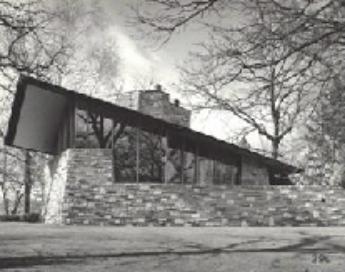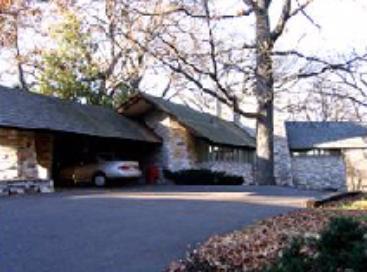Overview
The Neils House is significant for its artistic value and innovative design by Frank Lloyd Wright.
- Location: 2801 Burnham Boulevard
- Neighborhood: Cedar-Isles-Dean
| Circa 1985 | 2006 |
|---|---|

|

|
The Neils House is significant for its artistic value and innovative design by Frank Lloyd Wright.
| Circa 1985 | 2006 |
|---|---|

|

|
The Neils House is significant for its artistic value and innovative design by Frank Lloyd Wright. It was built for Frieda and Henry Neils.
Wright is considered the most famous American architect of all time. He is known for his Prairie School and Usonian architecture.
Frieda Tetzlaff Neils's father founded the Flour City Ornamental Iron Company in Minneapolis. Her husband Henry was the president. The couple's interest in the arts and industry led them to commission Wright to build their new home.
Wright designed the Neils House to blend into the Cedar Lake landscape. The L-shaped floor plan organizes active and quiet areas of the house on one level. A central stone fireplace contained all the mechanical systems. A hot water system installed beneath the concrete floors heated the home. These are standard features of the Usonian style.
What is not standard about the Neils House is the unusual choice in building materials. Aluminum windows were typically commercial, not for houses. Wright had never used marble for a home. Larch is a very durable wood, more commonly found on exterior walls than interior. Each material was expensive or difficult to source. But Wright was able to get them through the Neils family connections.
Community Planning & Economic Development (CPED)
Phone
Address
Public Service Building
505 Fourth Ave. S., Room 320
Minneapolis, MN 55415